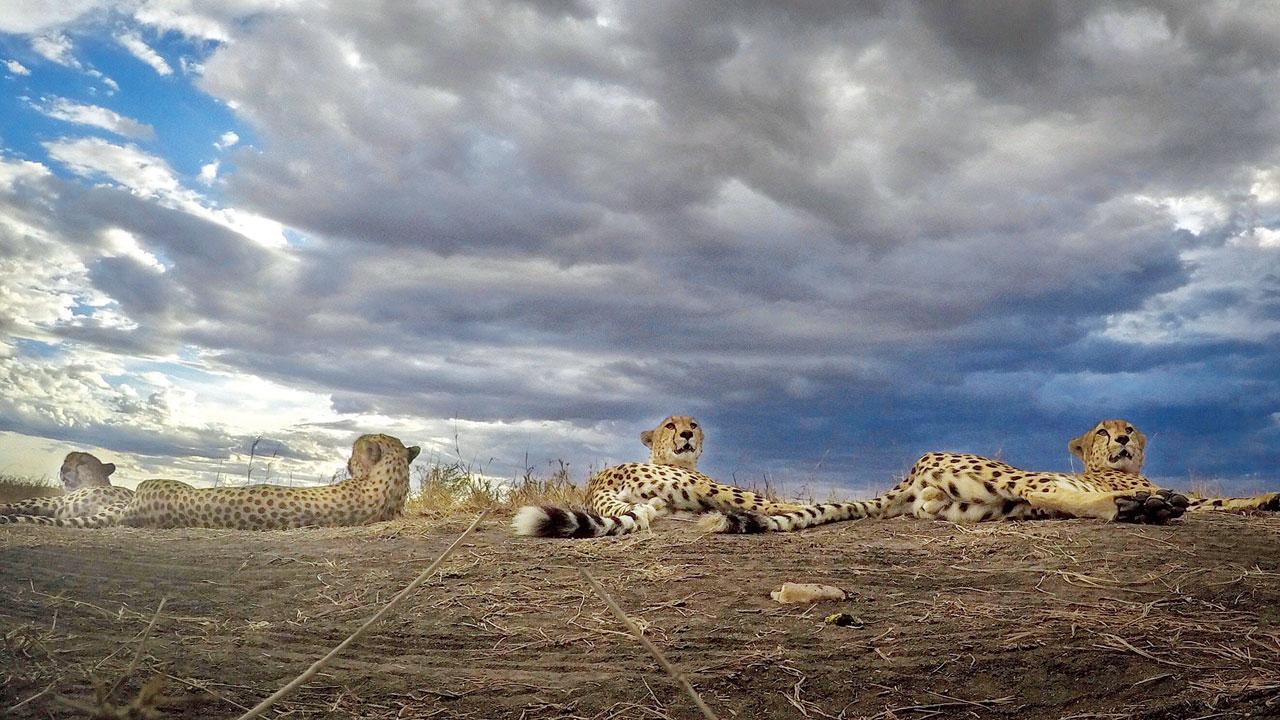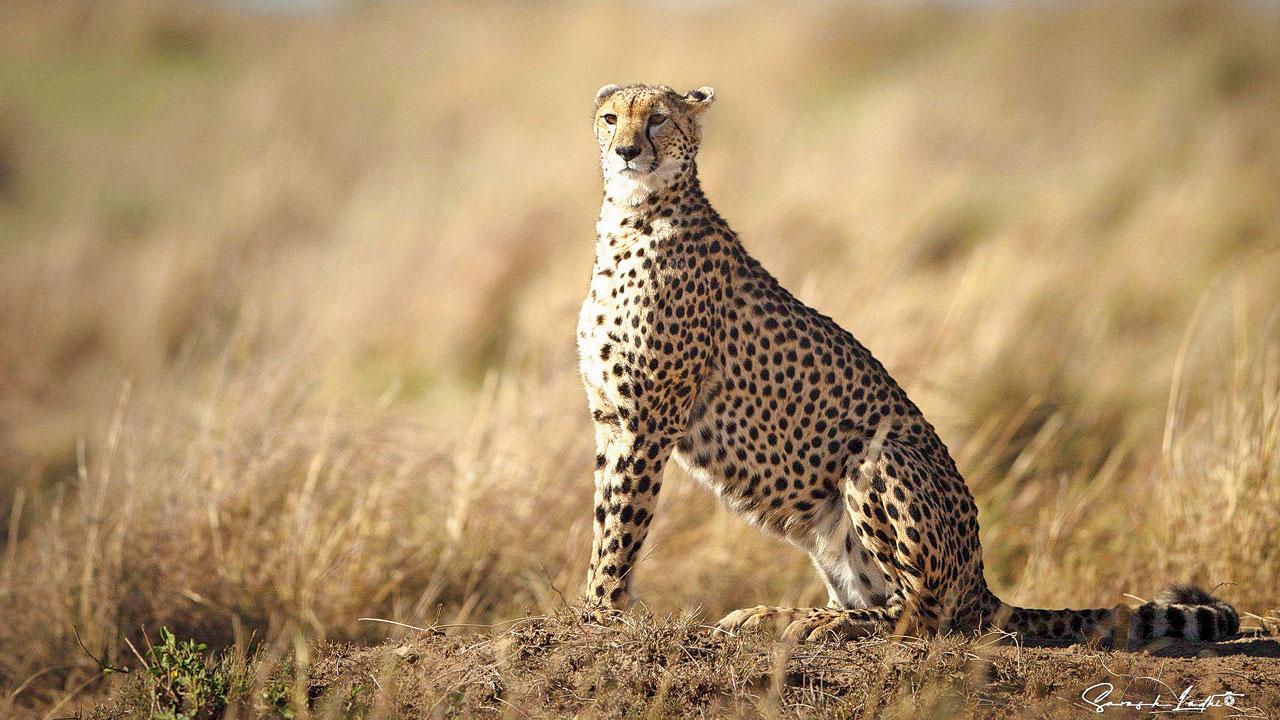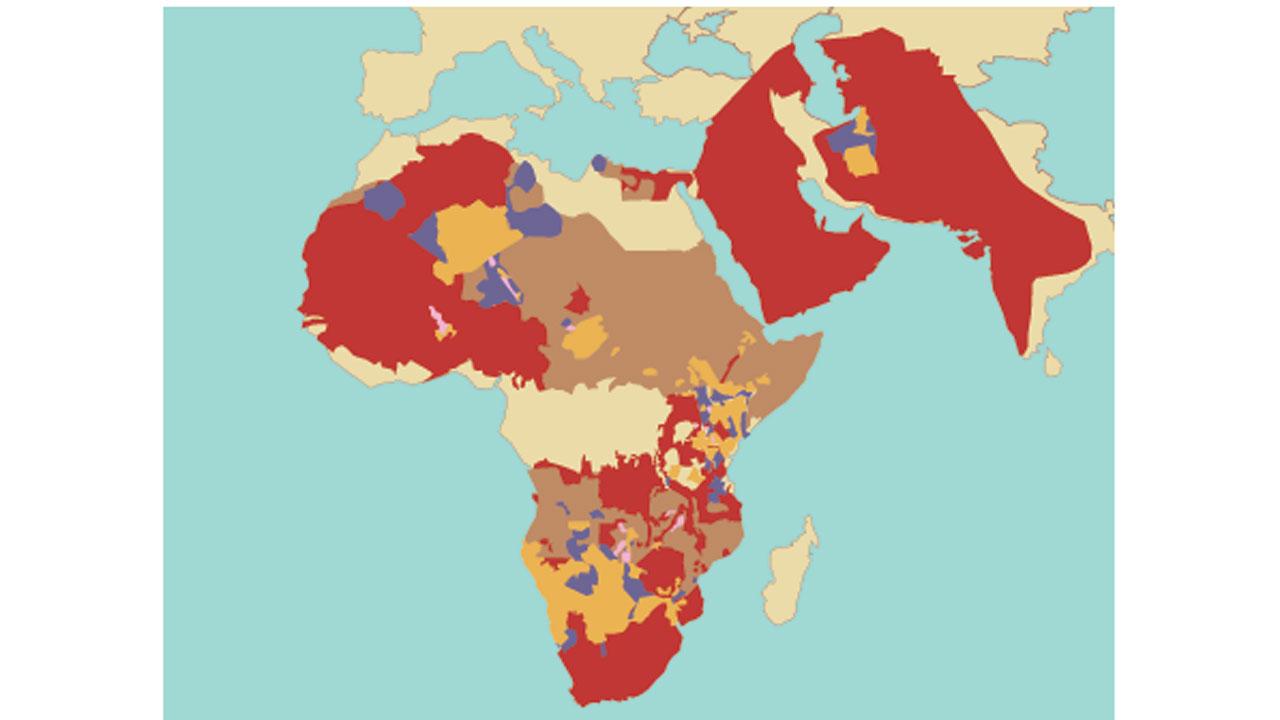Big daddies of wildlife conservation react to impending arrival of eight African cheetahs from Namibia into MP this month, arguing, why ‘save’ a species that survives in several countries of the world?

PICS COURTESY/SAROSH LODHI
What does an oil major have to do with reviving the population of an extinct predator in India? Last week, front page ads in top newspapers announced Indian Oil Corporation’s (IOC) investment in Project Cheetah, with the company offering Rs 50.22 crore to the National Tiger Conservation Authority (NTCA) over four years to introduce the wild cat back into India and protect its habitat and surrounding ecosystem. This is for the first time that a large carnivore is being moved across continents, and introduced in the wild.
ADVERTISEMENT

This is IOC’s CSR effort, making it the first Indian corporate to back the Indian’s government long-pending controversial plan to bring back the Asiatic cheetah, which was declared extinct in India back in the early 1950s due to over-hunting and habitat loss, and is known to exist only in the wild in Iran.
Dr Mahesh Rangarajan is professor of history and environmental studies at Ashoka University. According to him, the Manasollasa, a Sanskrit text authored by King Somesvara of Chalukya Dynasty, who reigned around the 12th century, and is an encyclopaedic work that vividly covers almost all socio-cultural aspects that prevailed during that period, mentioned the cheetah. The Sanskrit word ciratraka or “spotted one” may well be the source of the term cheetah. The imperial archives of the British and hunting memoirs shed light on the extinction of the cheetah in India. The species range extended through from south, central and north west India through Iran to historic Palestine. “Many were killed for bounty given for carnivores. Cheetahs in north India were run down and speared on horseback or shot.
Ravines and scrub jungles also saw direct hunts as well as huge pressure on the prey base numbers, that were already dwindling by 1947. Bounty hunts with rewards were standard in British India and the tiger and leopard were also eliminated. These were seen as impediment to stock keeping and farm extension, danger to humans and a challenge to the empire. Although cheetahs did not turn on humans and preyed on sheep and goats, carnivores were seen as better dead than alive.”
the
The current proposal follows an MoU that India signed with Namibia on July 22, and involves translocating eight African cheetahs to Kuno Palpur National Park in Madhya Pradesh. The first of these are expected to arrive next week. On August 2, Union Environment, Forest and Climate Change Minister (MOEF&CC ) Bhupender Yadav tweeted, “Happy to have attended the event in which an MoU was signed between @ntca_india and @IndianOilcl for transcontinental relocation of Cheetah in its historical range in India...”
It’s a plan that has been actively revived following failure to do so in the 1960s and ’70s. According to a press release issued by MOEF&CC in January this year, “Project Cheetah aims to bring back independent India’s only extinct large mammal—the cheetah. As part of the project, 50 cheetahs will be introduced in various national parks over five years.”
During the tenure of environment minister Jairam Ramesh, in 2009, discussions were once again initiated by the Wildlife Trust of India. Experts from across the world, officials of the Government of India including the MoEF&CC), and representatives of the state governments met and concluded that site surveys would be conducted to explore the potential that this reintroduction idea held. Former cheetah range states, i.e., Gujarat, Rajasthan, Chhattisgarh and Madhya Pradesh, were prioritised for this survey.

Source: The International Union for Conservation of Nature Red List of Threatened Species in 2021
Among the 10 surveyed sites of these central Indian states, KNP was rated the highest and feasible location to house the African cheetah population due to its suitable habitat and adequate prey base. KNP, spread across 748 sq km, and devoid of human settlement, forms a part of the Sheopur-Shivpuri deciduous open forest landscape and is estimated to have the capacity to sustain 21 cheetahs. It is believed that once a larger area is restored, the landscape will be sufficient to sustain 36 cheetahs. Kuno is probably the only wildlife site in the country where a total relocation of human settlements from inside the park has taken place. Kuno also offers the prospect of housing the four big cats of India—tiger, lion, leopard, and now the cheetah—and allowing them to coexist as they had in the past. Part of the prep therefore, includes the moving out of leopards from the territory in KNP earmarked for cheetahs in order to avoid conflict. While three of the five leopards in this area have been moved, the search is on to trap the remaining two.
A Forest Department official, requesting anonymity, told mid-day, that the possibility of conflict between leopards and cheetahs cannot be ruled out since Kuno has a good presence of leopards, and this big cat, which incidentally is more powerful than the cheetah, is currently the apex predator here. The Forest Department has designed massive open enclosures spreading across 10 sq km with electric chain link fencing and CCTV cameras to monitor the movement of the animals. At strategic locations, watch towers have been set up.
Mid-day spoke with leading conservationists for their point of view
Raza Kazmi
Conservationist, wildlife historian and researcher

I am wondering what after the cheetahs breed in Kuno? What do you do when their numbers reach Kuno’s carrying capacity? Will we ever be able to establish connected meta-populations that can freely move across connected landscapes as say, is done by our tigers and leopards? Also can the cheetahs occupy grasslands and open natural ecosystems outside of the Protected Area regime since such landscapes outside the PAs are the most vulnerable among all.
Bittu Sahgal
Editor, Sanctuary Asia
The idea is hypnotic. But I doubt that in the long run, it will result in anything more than largish, chain link safari parks. India has lost most, and continues to destroy, its grasslands. What is more, between leopards, tigers, wild dogs, lions, and humans, we have little hope of protecting young cheetahs from predation. Since the government has gone ahead with the plan, I hope I am proven wrong and that, if nothing else, vast tracts of grasslands and arid scrublands will receive much-needed protection
Sarosh Lodhi
Co-founder of CLaW group and conservation photographer

We should conserve what we have. Our wild animals are crying for space. By introducing a now extinct species, we will not only be putting pressure on the translocated animals, but also on present predators and the prey base in the area
Kedar Gore
Wildlife conservationist, The Corbett Foundation

There is nothing wrong with the idea of reintroducing a species like the cheetah into India. However, we should have a long-term vision in place of repopulating the grassland ecosystems, that are unfortunately neglected and termed “wastelands” in peninsular India. A separate fund should be allocated for the Cheetah Project without affecting the existing wildlife conservation projects. Funds needed for tiger or elephant conservation should not be compromised or curtailed. Local community involvement will be crucial for this reintroduction to be successful. It will be a huge challenge to ensure habitat connectivity and develop a sufficient prey base for cheetahs to survive and proliferate.
 Subscribe today by clicking the link and stay updated with the latest news!" Click here!
Subscribe today by clicking the link and stay updated with the latest news!" Click here!








